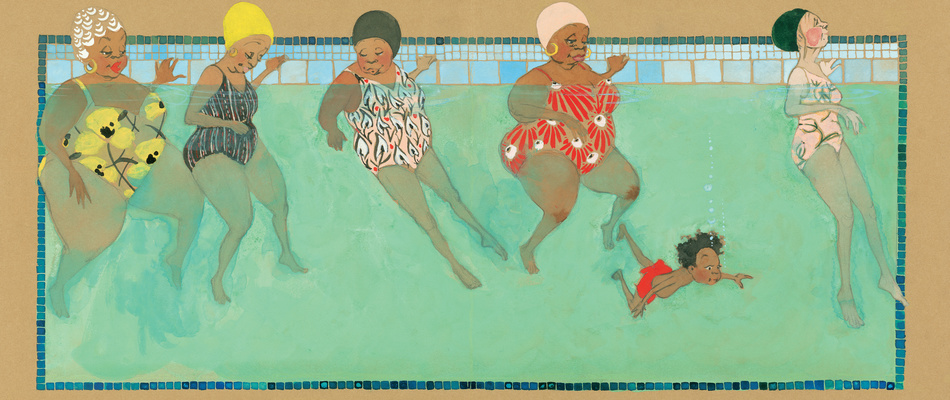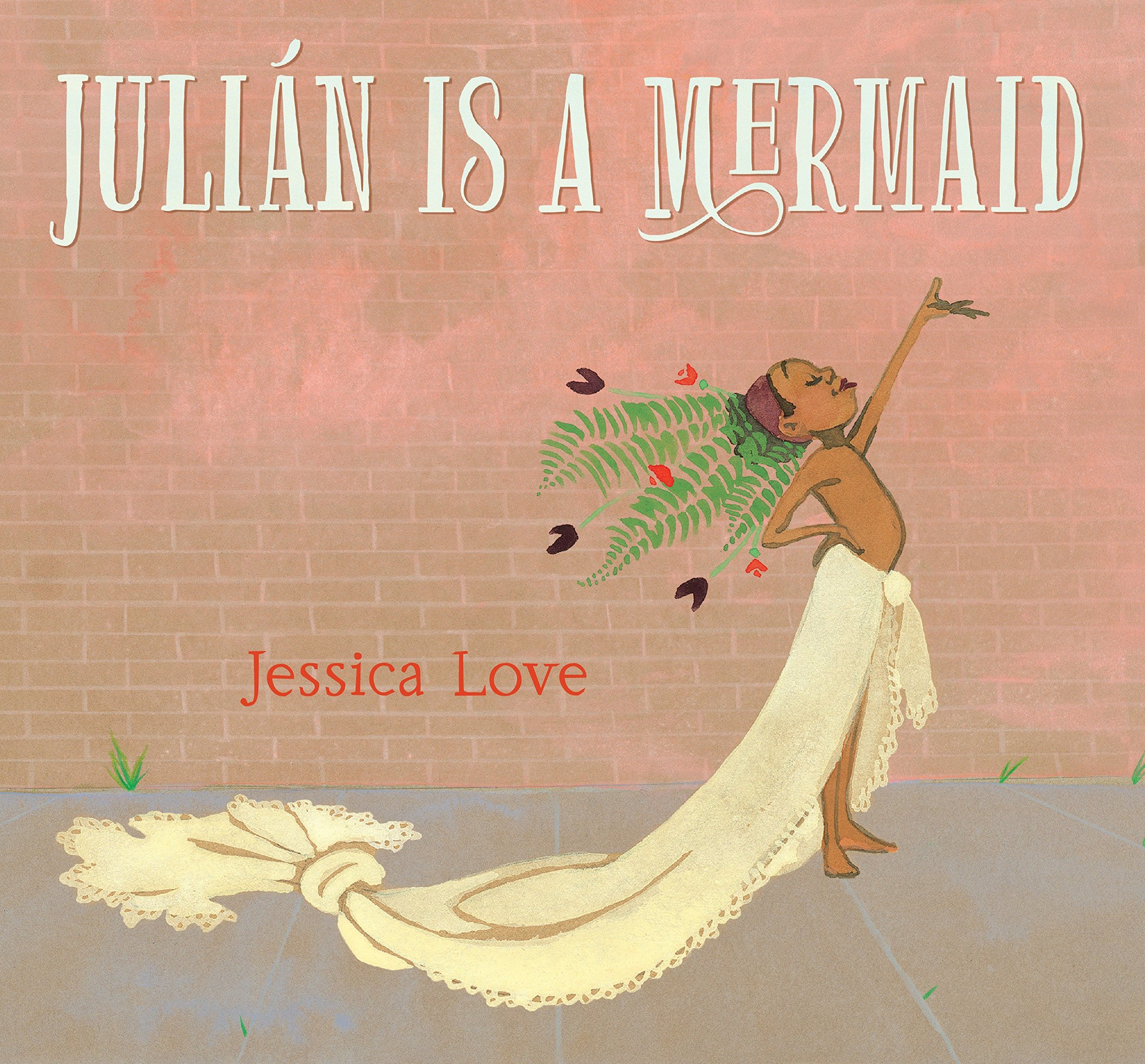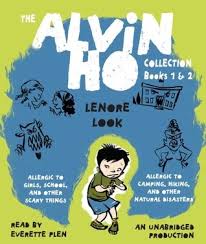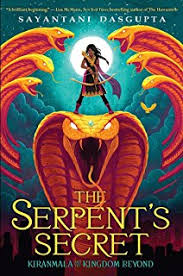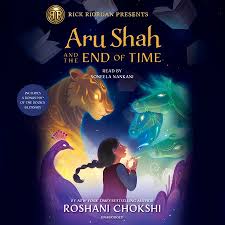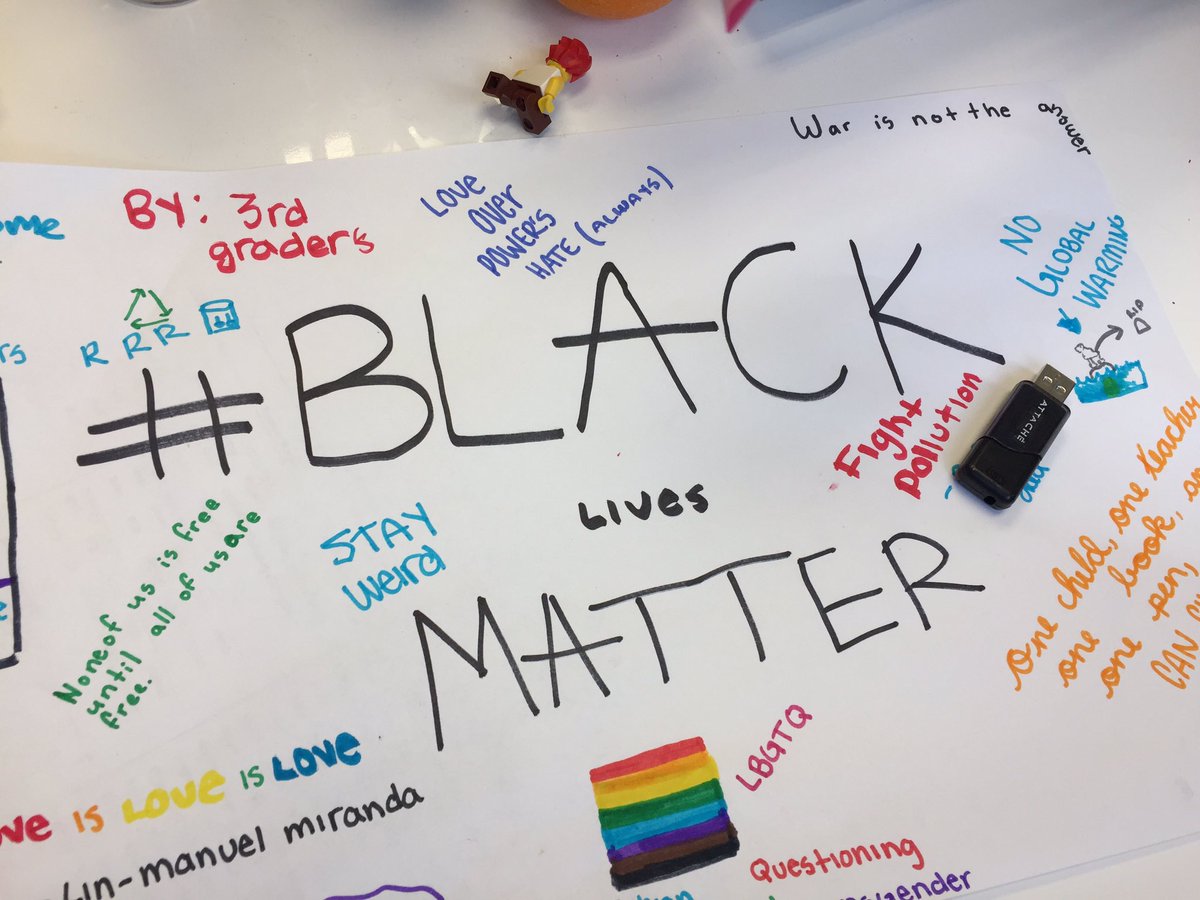Creating Our Class Contract!
As we near the end of October and my school has its Fall round of conferences with families, I was recently pleased to notice how many of my students use the language of our class contract (rules for our class) in their reflections about how the year is going for them. Creating our contract was a multi-step process starting with a read aloud and ending with a signed contract and accompanying art projects (and of course a shared understanding about the kind of community we want to create).
We started with a read aloud (always a wonderful place to start!). Our first chapter book read aloud of the year is Save Me a Seat by Gita Varadarajan and Sarah Weeks. We read a few chapters and a day and do a variety of responses to our reading to help us empathize with the characters. The main characters’ negative experiences at school provide a contrast as we think about how we want to make each other feel at school.
However, to specifically start our conversation about our class contract (and community) we read The Day You Begin by Jacqueline Woodson and Rafael Lopez. (This is a new picture book and it is gorgeous! We highly encourage you to read it yourself.) After we read this book, we ask students what we should have on our contract to make sure everyone feels welcome to share their stories and be themselves in our class. We also remind students of their Hopes and Dreams (which we created a few days before) and think about what we need in our classroom to make these come true.
Next, students brainstormed in pairs about their ideas for the class contract. Then, they had time to work independently and wrote down a few of their ideas on a notecard. We reminded students to make positive statements (tell what we should do) and think about the most important things to include.
The next step is to filter the ideas down to bigger ideas so that everyone’s contribution is included, but we also don’t have a contract with 50 rules! We try to show students our process so it is transparent. We do this by listing the final statements we came up with in bold and sorting all of our students’ suggestions under the relevant statement. For example, don’t be territorial went under “know your place.”
The final version of our class contract!
We ended up with 5 statements. The final number of statements can be more or less depending on your students’ ages, but 5 statements are comprehensive enough to cover everything and brief enough to easily remember. We should also mention that this process is Responsive Classroom inspired!
Our final step was sharing our final contract. Everyone in our class signed it (in fancy metallic Sharpie!) to show their commitment to upholding it. When we say everyone, this includes other adults in the building! We also asked students to think about what the contract means to them and pick at least one component of our contract to exemplify through art. They could use foil, popsicle sticks, paper, glue, markers, crayons, and more (really anything we had in the room). Students worked hard to conceptualize something that was important to them from the contract, and we took photos of them with their finished products. Now, our contract and all of our artwork graces a wall in our classroom!
All year, we keep going back to the same language that is in our contract. We notice when we are following it, when we could follow it better, use it to redirect students, use it in our Morning Message, use it on our conference prep social emotional reflection, and more!



